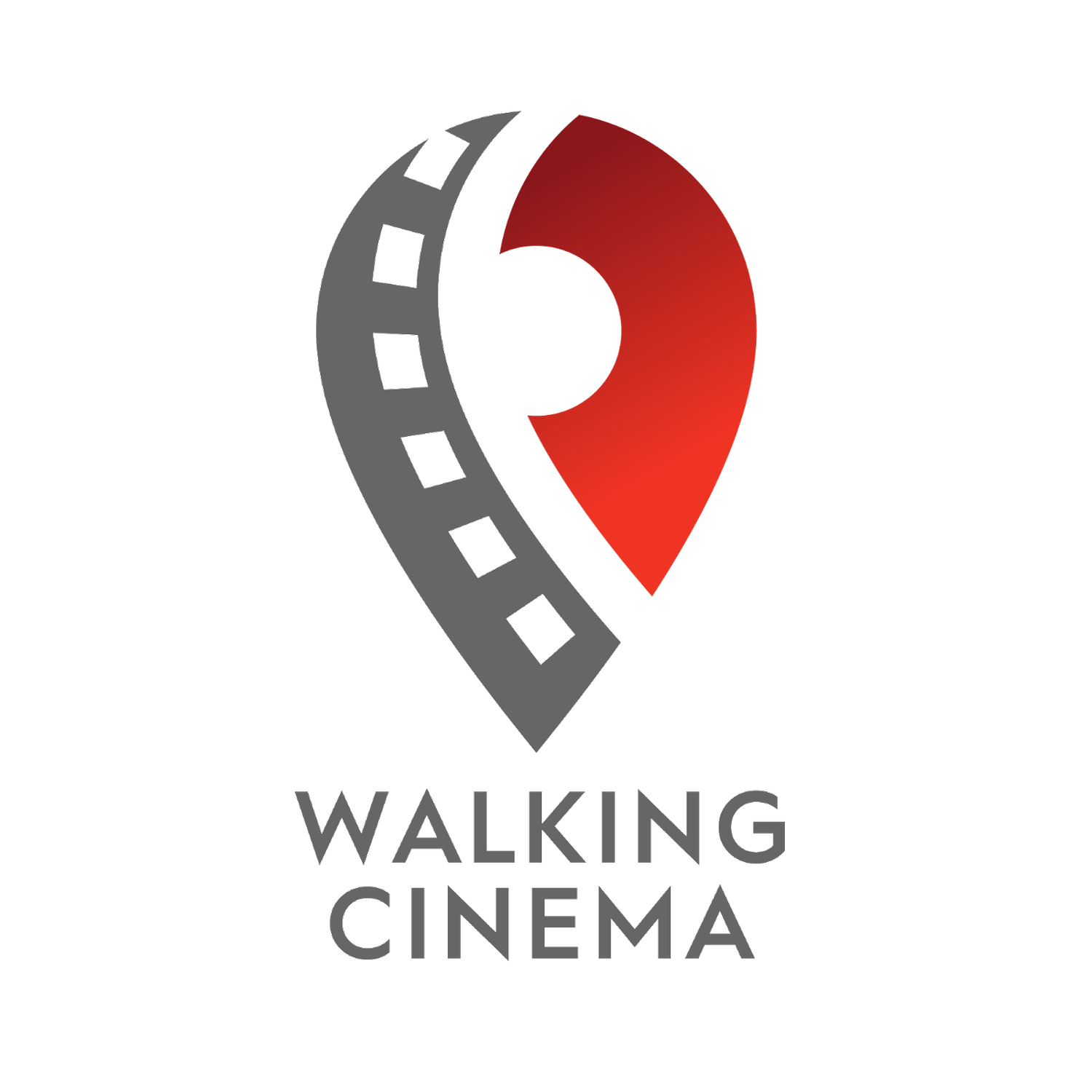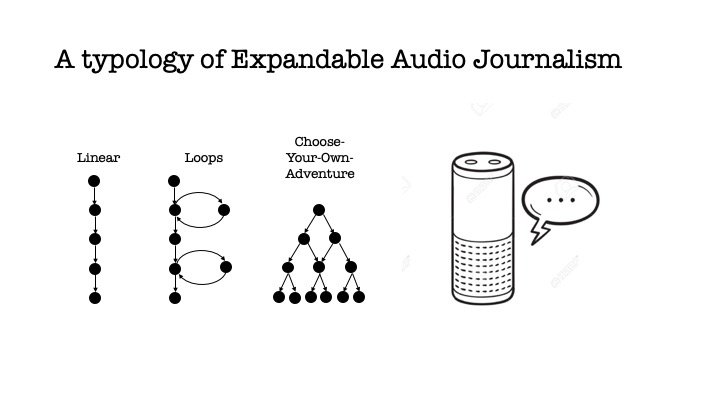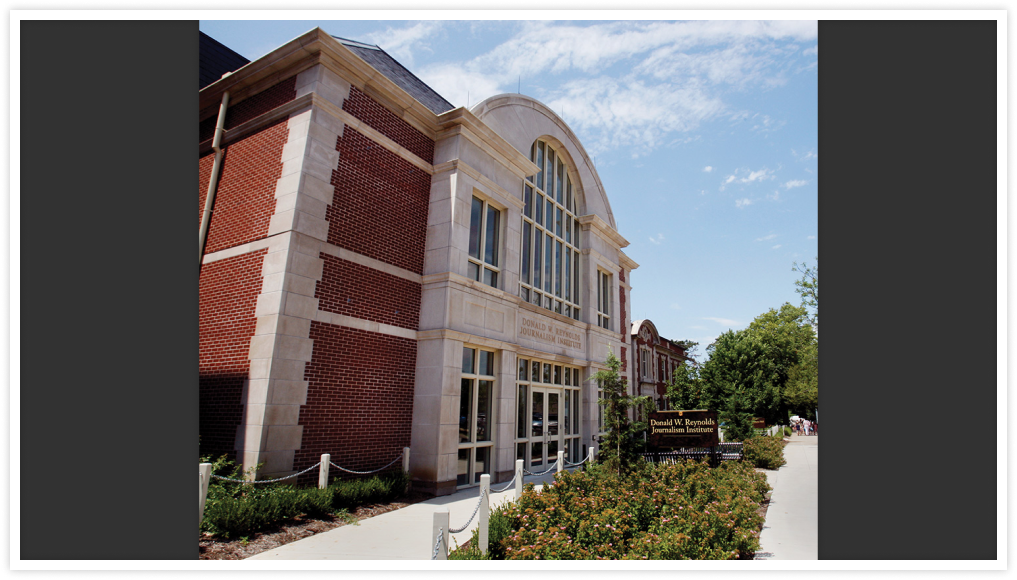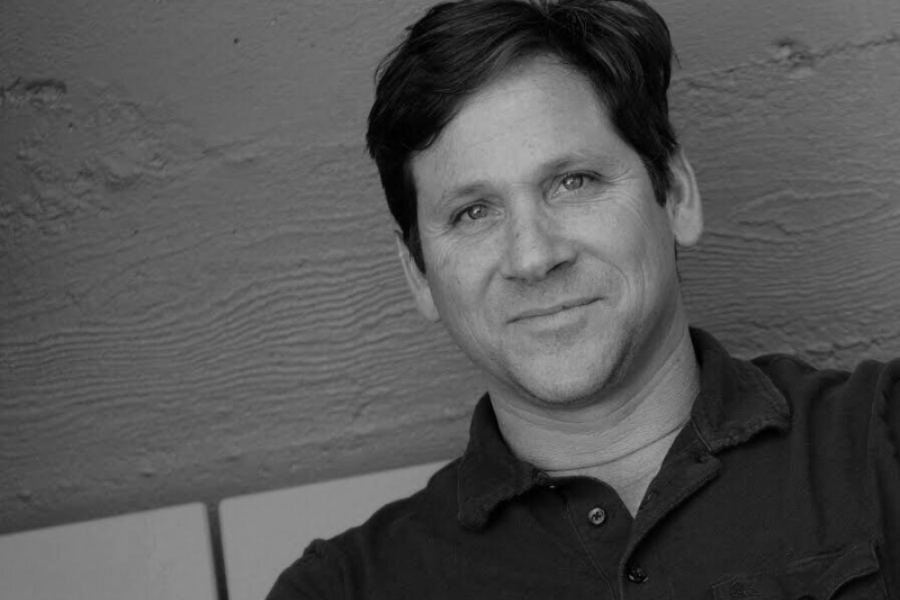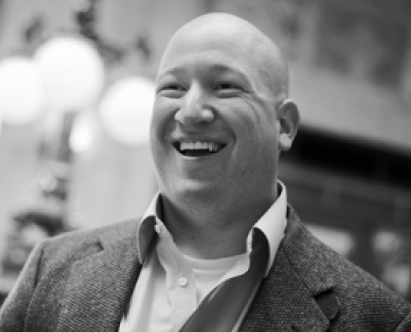How might listeners choose their own adventures through news stories?
In 2019, Michael Epstein became a Reynolds Journalism Institute Fellow at the University of Missouri School of Journalism. His project was called “Expandable Audio Journalism” (EAJ) and his goal was to research and prototype new formats for news stories that could expand or contract based on audience interest. To a degree this was already happening with text stories, that had expandable sidebars and hyperlinks to dig deeper.
EAJ involved with journalism students, product designers, NPR’s innovation team, and smartspeaker programming software to explore both the writing, production, interface, and a distribution for such a form of journalism.
Impact
Led to a highly lauded component of a capstone course
Prototype caught the attention of NPR’s innovation team
Conducted qualitative research with two prototypes on target audiences.
About the Experience
“Hey Siri, give me a responsive news brief.”
The remote fellowship allowed Michael to work with a cohort of creative journalists to think about future platforms, evolving needs of media outlets, and audience evolution. The core concept Michael was working with was how to turn news stories into branching narratives, where audience interest guided the forks in the road. The idea was simple: instead of just telling your smartspeaker to play the news or a news story, listeners would be given decision points within a story where they could follow a specific character or skip a part of the story they found less interesting. We explored how this could be structured: separate branches? Loops that led back to the central spine of the story? In the end two longform news stories were put in this format and tested on target audiences and the results were fascinating, leading to involvement with NPR’s innovation team and experts from the game design industry.
Technology
The project used two different software platforms to program Amazon Alexa smartspeakers and created prototypes of EAJ. The prototypes were built off of two longform news stories: one a standard reporter piece on COVID and another an extended 30 minute report for a popular economics podcast. Students used Adobe Audition to cut up the stories into pieces that could be part of a central spine all listeners heard or components of optional loops they entered based on interest level. In testing the prototype on users, our team learned that some content needed to be created to frame decision points and merge from side loops back into the central spine. We found workflows and AI platforms that could make such add ons to a standard story simple to produce and easy to feed into an EAJ template.
Programming smartspeakers and remixing the news
Smart Speaker
Audio Sample
Students created a main storyline about the COVID epidemic and how the approaches to containing the virus were vastly different in China vs. the US. This segment sets up a choice to go deeper into China’s approach or continue the discussion of social distancing.
This sample would be played if audiences wanted to hear more about the timeline in China vs. the US. You can hear how EAJ takes a standard NPR report and reframes it as a “Choose-your-own adventure”.
Audience Testimonial
Our research identified three early adopter audiences for EAJ, one of which was “news junkies”. We performed over a dozen hour-long interviews with members of our target audiences in which we tested the prototype with them and gaged their reaction.
In this test, Brad, a self-confessed “news junkie,” raves about the EAJ-enabled Coronavirus report.
Photo Gallery
Expandable Audio Journalism Team
Michael Epstein, RJI Fellow, instructor, and producer
Michael is the founder and artistic director of Walking Cinema and Adjunct Faculty at the California College of Art. He developed this projects, programmed the smartspeakers, and led the capstone projects for six students focusing on EAJ.
Brad Cane, Screenwriter
Brad is a screenwriter and video game developer. He helped Michael and the students understand branching narratives and interactive storytelling structures.
Michael May, Producer
Michael is a well-respected producer who has worked for “This American Life” and many other groundbreaking radio shows. For this project he interfaced between the project team and NPR’s innovation lab to explore how EAJ could be put into production.
Prof. Greg Walsh, Experience Designer
Greg is the Parsons Professor of Innovation at the University of Baltimore where he specializes in teaching User Experience skills to inner city youth. For this project he helped test EAJ on kids and explore the user interface.
Press & Articles
RJI 2019: Strengthening journalism, connecting with citizens, preserving content and exploring tech
One of RJI’s ongoing initiatives is continuing to look for ways to help the industry protect its born-digital content from being lost…
Challenge Accepted! Expandable audio journalism lets listeners take control
We worked as a team with our client, RJI Fellow Michael Epstein, who runs Walking Cinema, a San-Francisco-based interactive non-fiction production house that develops cutting edge media projects for museums, media outlets, and civic organizations.
